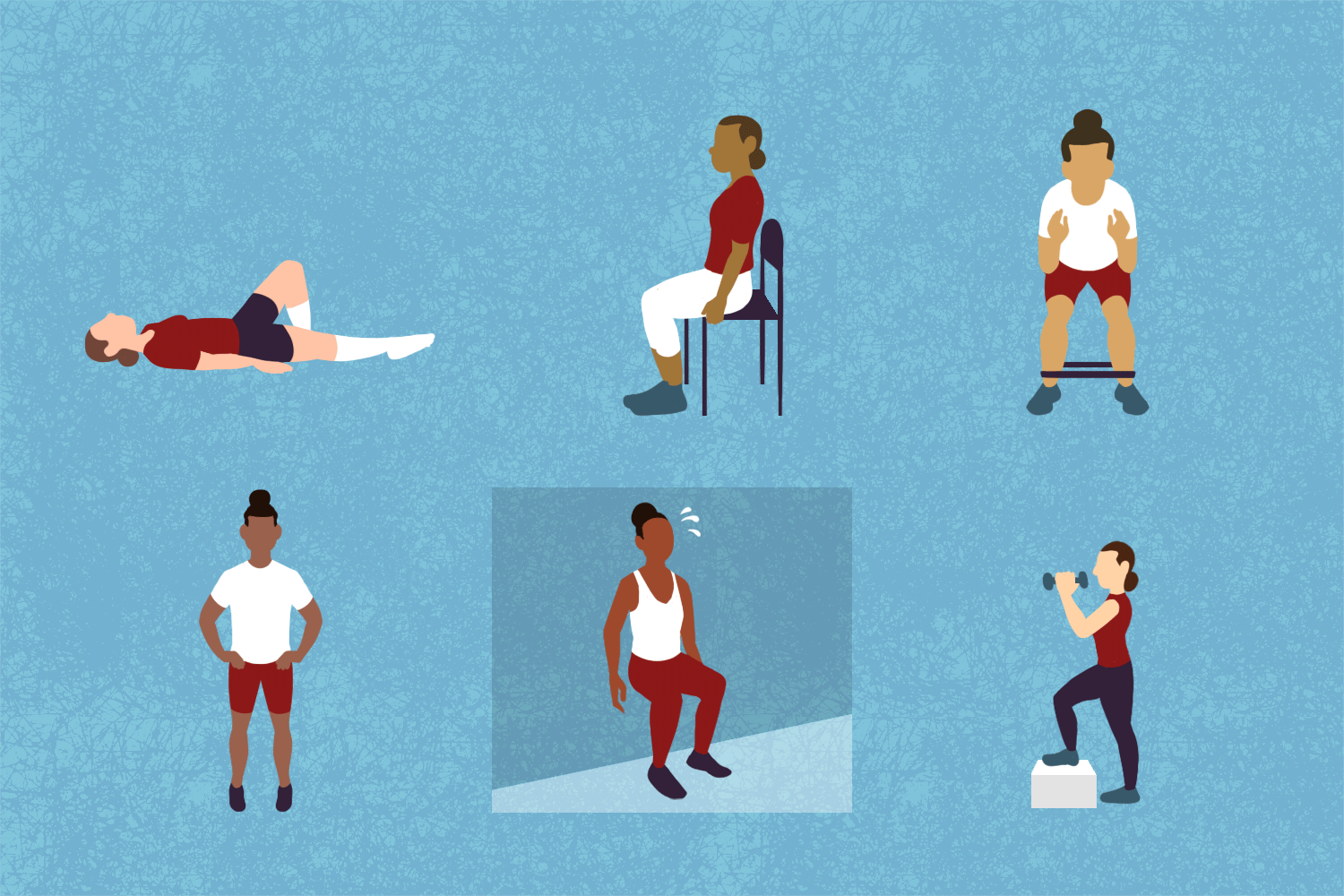Blood
Sleep In! Exercising in the Afternoon Helps Better Control Blood Sugar Levels
Key Takeaways
- Exercise is a key part of type 2 diabetes management.
- Some research suggests that exercising later in the day has added benefits for glucose control.
- Moving in the morning is still beneficial for diabetes management, and it is best to prioritize exercising whenever it works for you.
Physical activity is known to offer benefits for people with type 2 diabetes. Getting at least 150 minutes of exercise each week helps people with diabetes lower blood glucose levels and increase insulin sensitivity. A new analysis suggests that the timing of exercise matters, too.
The analysis, published in The American Journal of Medicine, reviewed dozens of studies and concluded that exercising later in the day can result in better control of blood sugar levels and insulin sensitivity.
Exercising in general makes the body more insulin sensitive, which helps manage blood sugar, according to Steven K. Malin, PhD, FACSM, a co-author of the study and an associate professor of kinesiology and health at Rutgers University.
“Moving is going to be really good for your body, to regulate blood glucose, and you don’t have to lose weight to achieve that,” Malin told Verywell.
In his research, Malin found that the body becomes less insulin sensitive as the day goes on, so exercising later in the day may “compensate for biology” and help the body better respond to fluctuating blood sugar levels.
Is It Better to Work Out in the Afternoon If You Have Type 2 Diabetes?
Another study published earlier this year in the journal Diabetes Care also found that exercising in the afternoon was associated with improved blood sugar control.
“When people were active in the afternoon, that group had the strongest reduction in hemoglobin A1C, which is a three-month marker of glucose control. Also, at the same time, they use fewer medications, so it’s even more supportive of that,” said Roeland J.W. Middelbeek, MD, a co-author of the study and a staff physician at the Joslin Diabetes Center.
However, don’t be discouraged if you only have time for morning workouts. Consistent exercise is better than none at all, said Jason Ng, MD, a clinical associate professor of endocrinology and metabolism at the University of Pittsburgh Medical Center.
Should You Work Out Before or After a Meal?
Being physically active is important for type 2 diabetes management, but another factor to consider is meal timing.
A 2018 study published in the journal Nutrients found that as little as 10 minutes of light exercise after a meal can help people with type 2 diabetes lower their blood sugar levels.
Malin, whose research also found similar benefits for exercising after meals, said to think of the body’s muscles like a sponge. Exercising after a meal means the muscles can help absorb the glucose from the food.
“Doing your exercise after a meal will be helpful because it’s going to help clear that glucose that you just ate,” Malin said.
Middelbeek, whose study supports exercising in the afternoon, said that his research team couldn’t test if the benefits of exercising in the afternoon were influenced by meal timing. But he said exercising after a meal might lead to a quicker drop in blood sugar level than not exercising at all.
“I would still encourage people to be active when it fits into their lifestyle when they can do it and build it as a habit,” Middelbeek said. “There might be some additional benefit to doing that in the afternoon after a meal.”
What This Means For You
If you have type 2 diabetes, exercise can help you stay heathy no matter what time of day you move. There may be some extra benefits if you exercise later in the day, but don’t let that discourage you from working out when it makes sense for you. If you are just starting an exercise routine, consider talking to a trusted healthcare provider about a fitness plan that is right for you.

